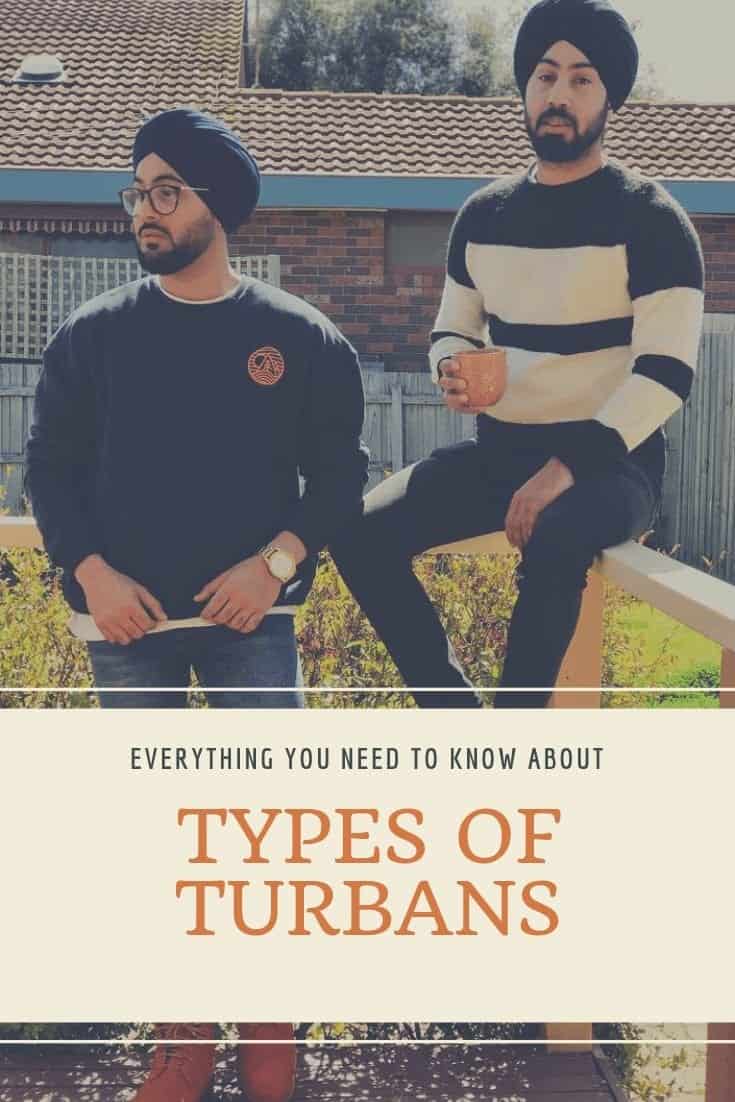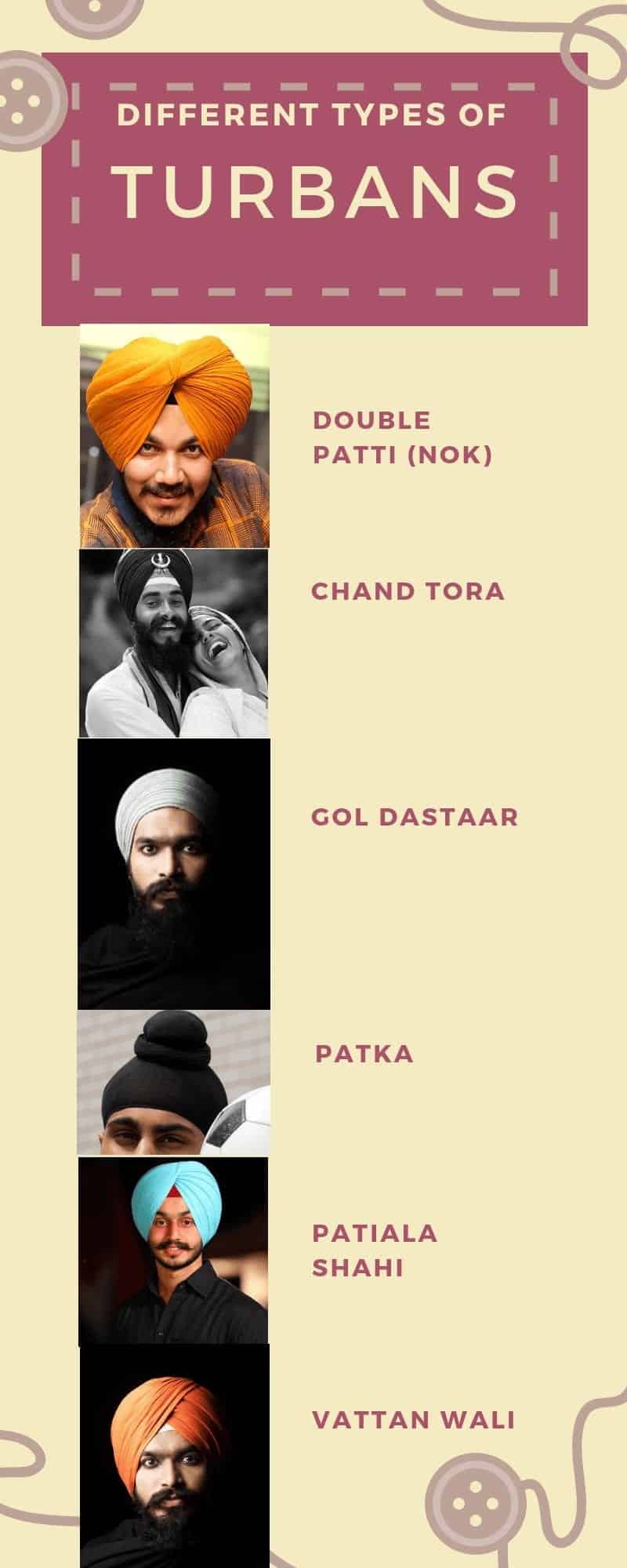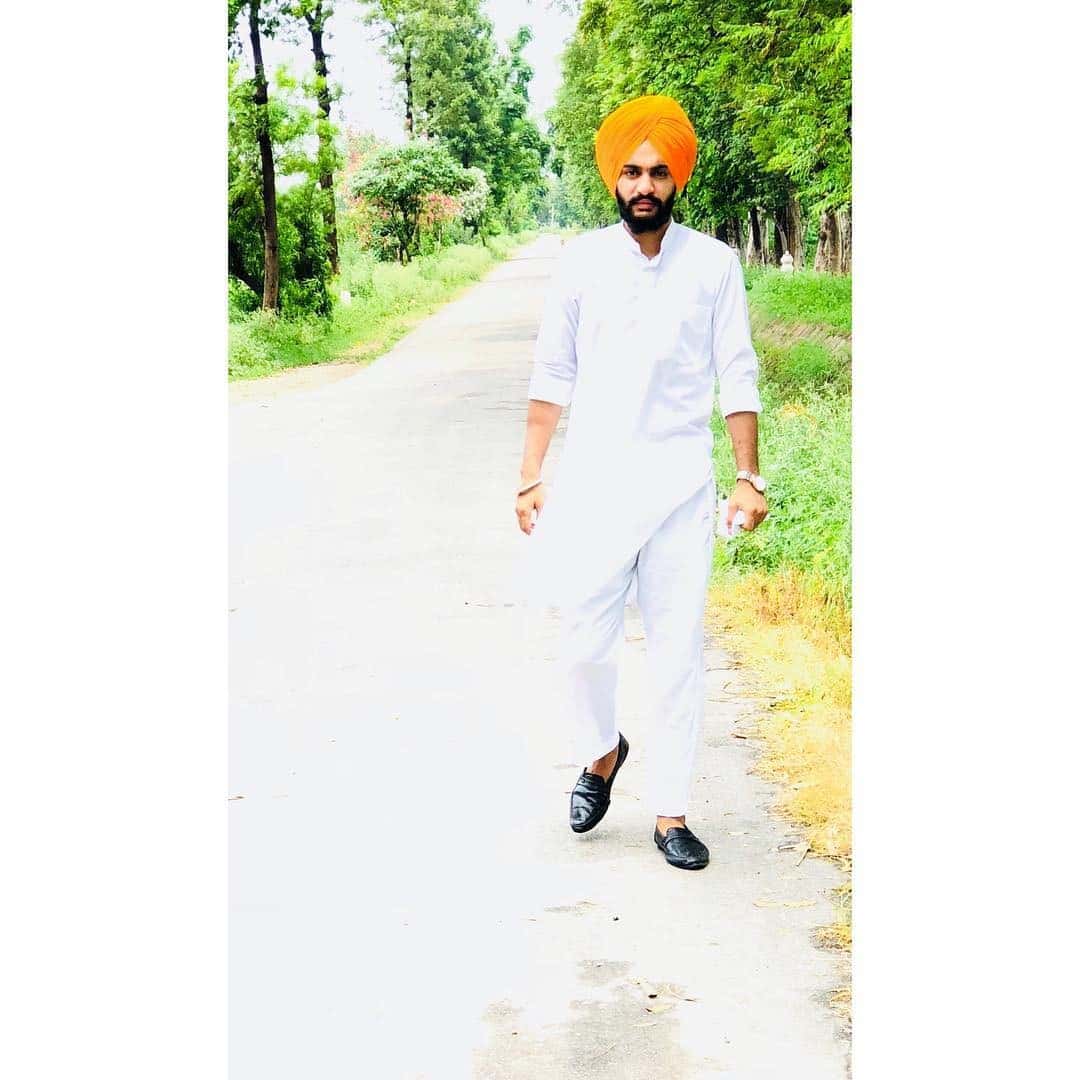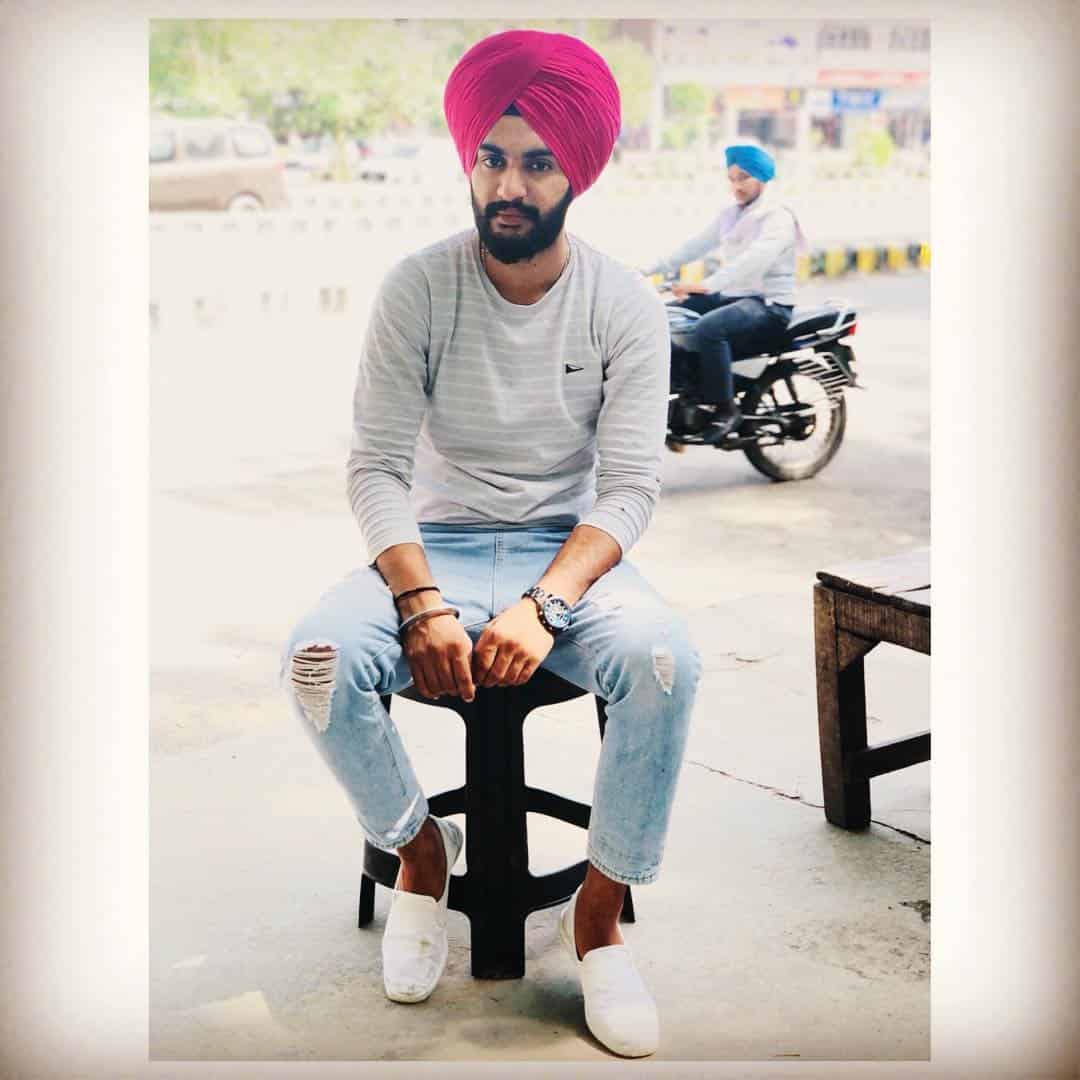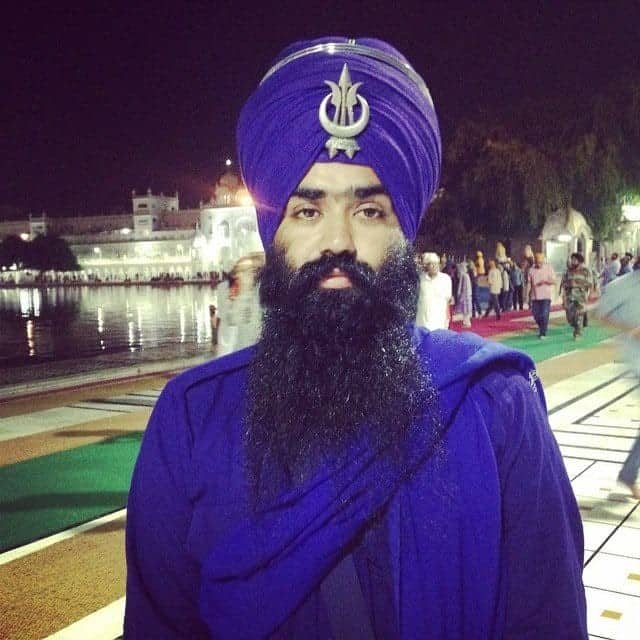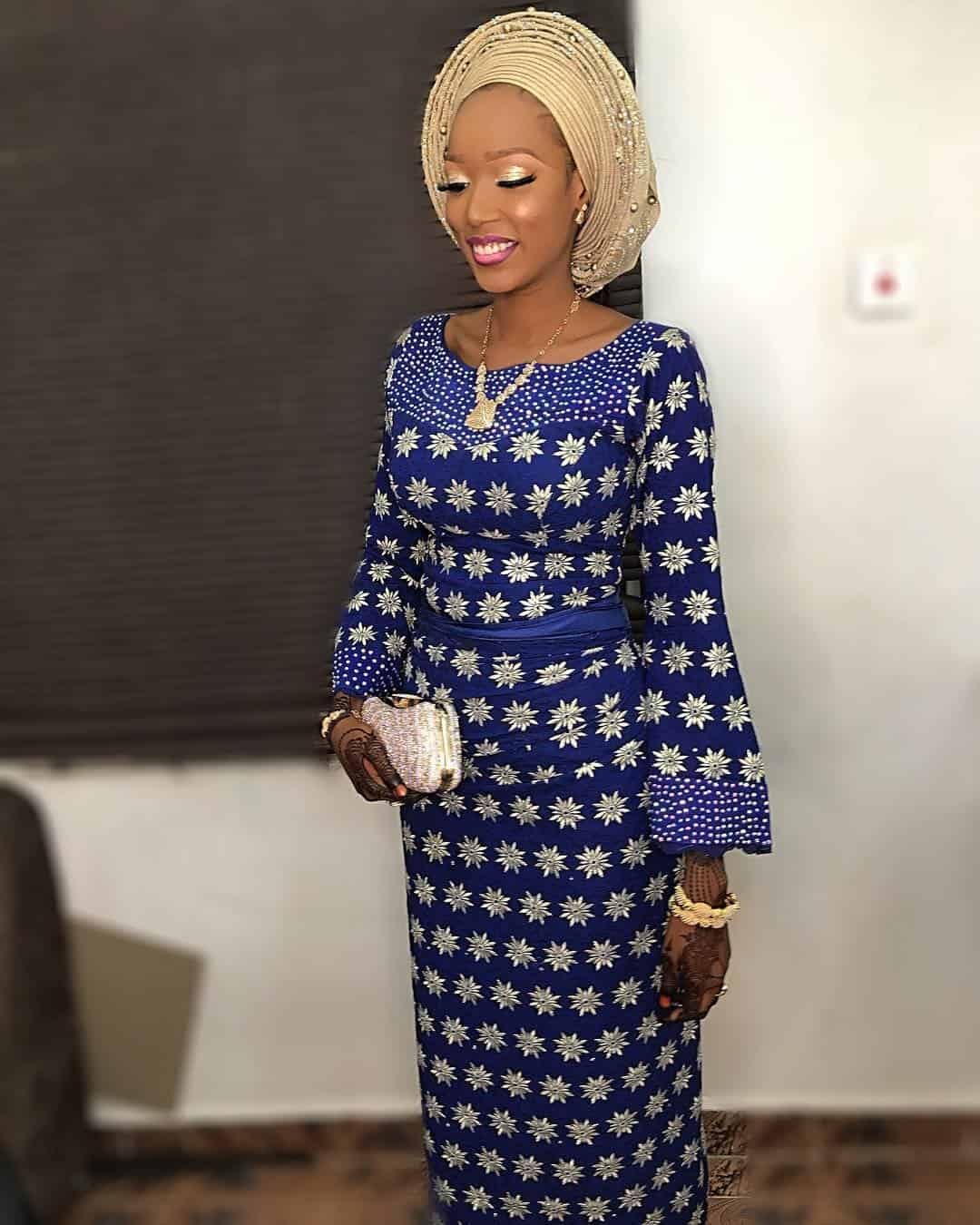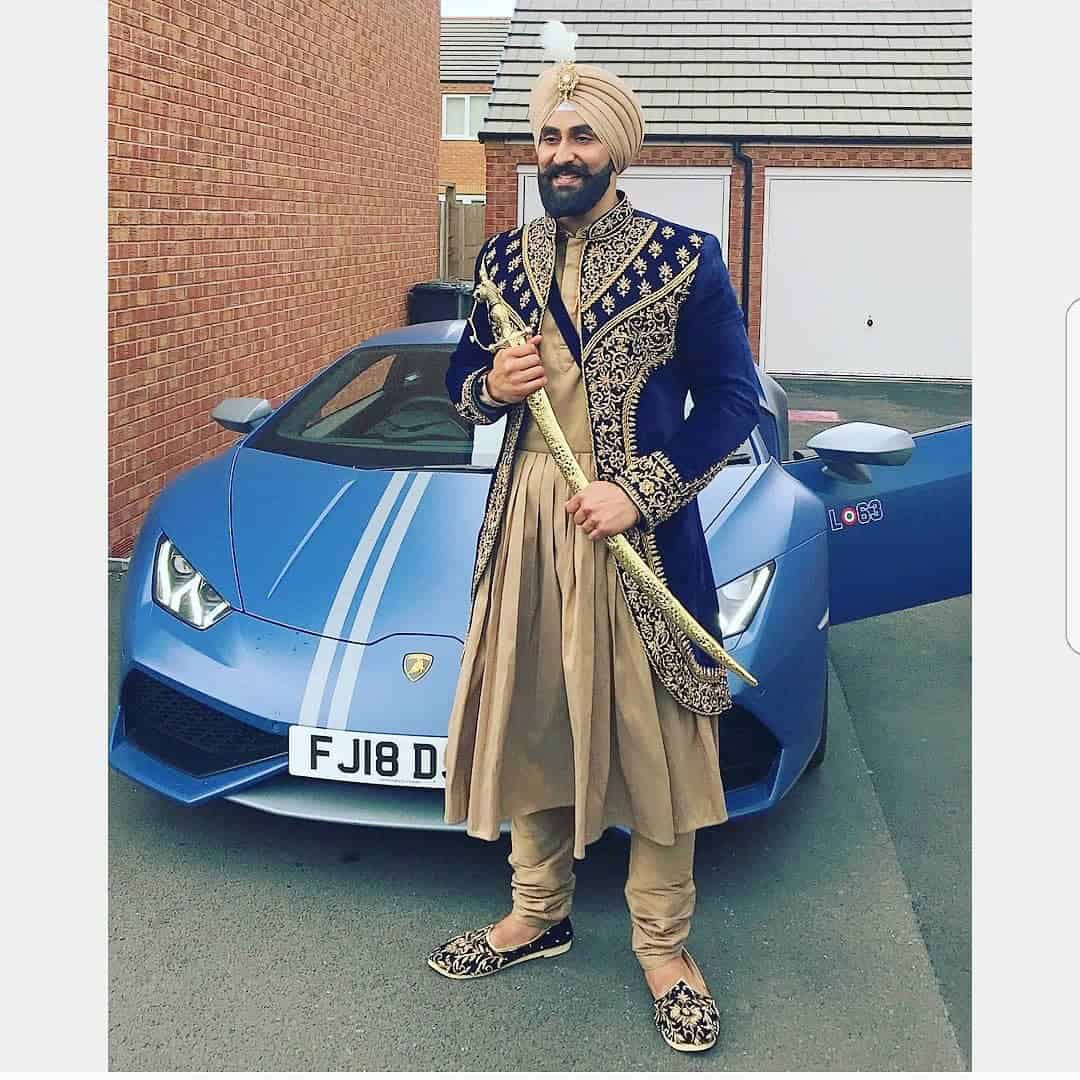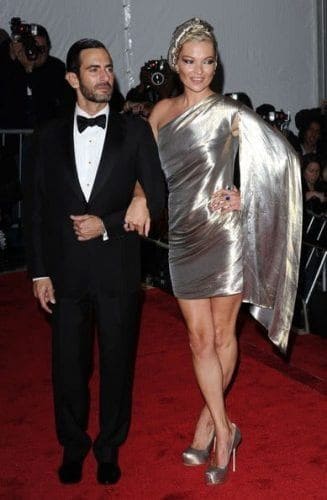Turbans, a staple of traditional headwear in Asia, have transcended cultural and religious boundaries to become a fashion phenomenon. The trend gained momentum in 2013 when French designer Jean Paul Gaultier showcased his menswear collection featuring turbans, drawing inspiration from Indian culture. While many associate turbans with Sikh men, the reality is that they are worn by women too, particularly in South Asia and Africa.
In fact, turbans have a rich history dating back to ancient times, with some experts tracing its origins to Persia (modern-day Iran) while others believe it was invented by the Egyptians. The Mughal emperors’ ornate headdresses were adorned with precious stones, showcasing the nobility’s affinity for the turban, regardless of their religious affiliations.
Muslims also wear turbans during visits to sacred sites like Mazars, where the Islamic prophet Muhammad is believed to have worn a white turban, considered the holiest color. Shia Muslims don white turbans, while Syeds, direct descendants of the Holy Prophet, tie black turbans as a symbol of their lineage. Sufi followers often wear green turbans, representing paradise.
From tutorials on tying turbans to deciphering the meanings behind different colors, and tracing its evolution from traditional practice to global fashion statement, this article delves into the world of turbans, revealing its multifaceted nature.
What’s a Turban & How to Wear it
To create a simple turban, start by securing all your hair in a tight bun at the top of your head. Next, place a patka – a small piece of cloth with loose ends – around your hair to keep it in place. This will serve as a foundation for your turban. Now, begin wrapping the turban from back to front, using one corner to hold the fabric in place while you work with both hands. Switch sides and repeat this process several times until your head is fully covered, creating the pooni.
You can choose to tuck the ends of the cloth under the turban for a more subtle look or leave them free for a dramatic effect.
↓ 17 – What are the Most Famous Turban Styles in Punjab?
↓ 16 – Simple Traditional Look
There’s something to be said about simplicity in fashion, especially when it comes to traditional attire. A classic white shalwar kameez and a neatly tied turban can create a timeless look that’s perfect for everyday occasions or low-key gatherings. If you’re not a fan of shalwars, a straightforward pair of pajamas in white will also do the trick. Adding some personal touches like rolled-up sleeves and a simple watch can give your outfit a youthful and charming appeal.
Finish the look with loafers or sandals to complete the ensemble. Ultimately, it’s all about striking a balance between style and comfort. Here are 20 great options for black kurta pajamas for men in case you’re looking for some inspiration.
↓ 15 – Clash of Cultures
While donning a turban is an integral part of Sikh practice, it doesn’t mean you can’t pair it with jeans for a stylish look. In fact, when done correctly, the combination can create a truly unique and eye-catching ensemble. The key is to not compromise your values or cultural identity in order to fit in with modern trends. For many Sikhs today, sweatshirts and jeans are a common pairing, often accompanied by a turban as a statement piece and some crisp white sneakers.
The turban adds a touch of sophistication and handsomeness to the overall look.
↓ 14 – Color Coordination
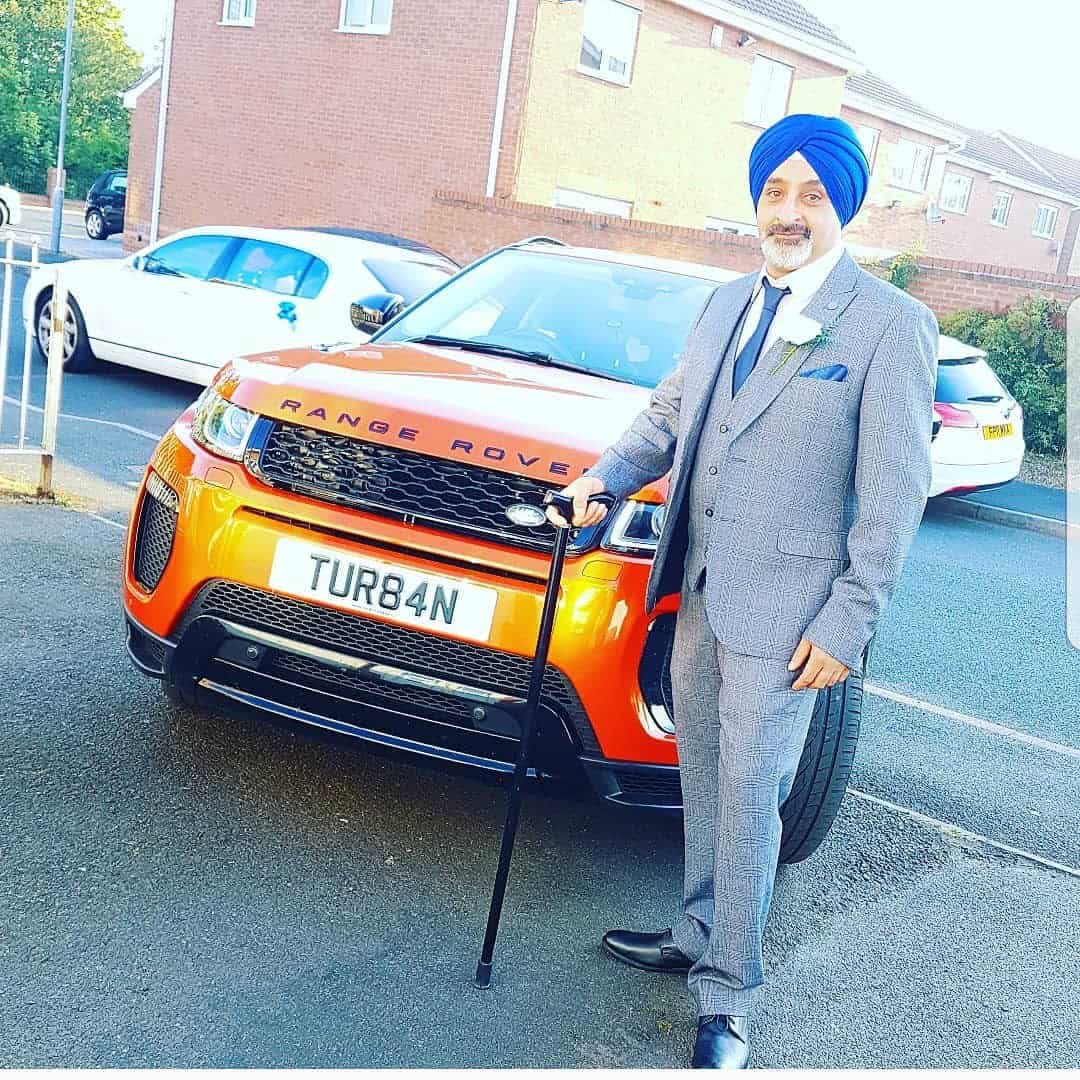
While turbans are often worn without concern for matching them with other clothing items, there are occasions where adding a touch of harmony to your outfit can make all the difference. For instance, when dressing formally, you might want to choose a turban that complements your attire in a subtle yet stylish way.
This could be achieved by matching the color of your turban to that of your pocket square or tie, giving the impression of a thoughtfully planned outfit rather than a random assortment of clothing. Alternatively, you can opt for contrasting colors to add visual interest and create a bold statement. For example, if you’re wearing a grey shalwar kameez, pairing it with a pink pagri could result in a striking combination that turns heads.
Similarly, blue and khaki have been known to work well together, making for a visually appealing outfit.
↓ 13 – Turbans With Lungi
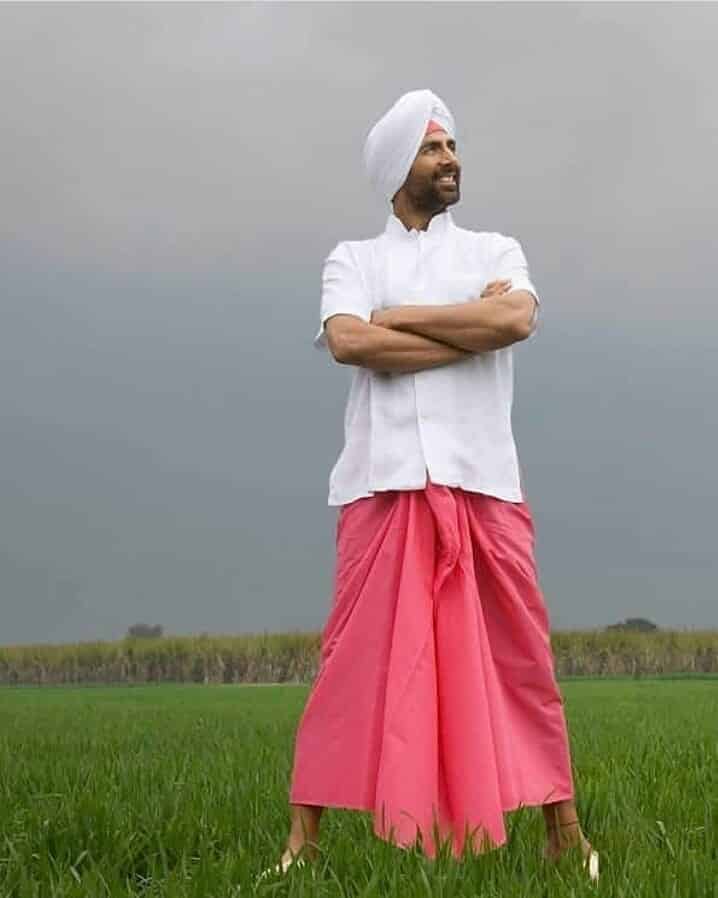
The journey takes us to Punjab, where an abundance of wheat fields stretches out before us, accompanied by the soothing sounds of livestock and the authentic flavours of traditional cuisine. Of course, no exploration would be complete without a nod to Shah Rukh Khan’s iconic Lungi dance, which has been an integral part of Punjabi culture for centuries. The Lungi itself is a vibrant, rectangular piece of unstitched cloth, typically measuring 4.
5 meters (15 ft) in length, worn around the waist and legs with a knot at the midriff. As men prepare to start their day, they slip on their chappals and tie their turbans, embracing a simple yet charming way of life.
↓ 12 – Colored Turbans
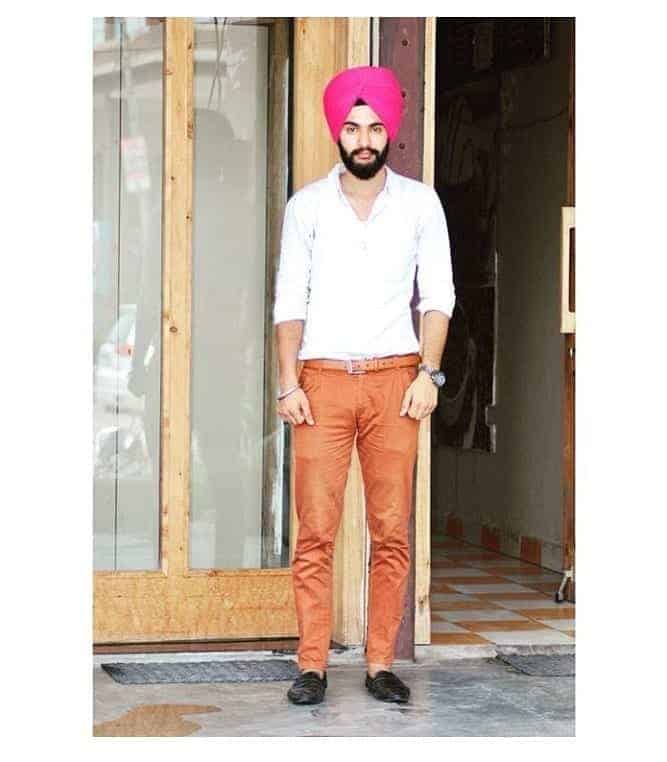
While it’s common to see vibrant and eye-catching colors on Sikhs who wear turbans, it’s not necessary for the color to match the rest of their outfit. In fact, pink, orange, light blue, and yellow are some of the most popular shades. Beyond aesthetics, certain colors can hold deeper meaning in specific communities. For instance, Muhammad (peace be upon him) was known to wear a white turban, which is considered sacred.
Similarly, Shia Muslims often don white turbans, except for direct descendants of the Holy Prophet (peace be upon him), who opt for black instead. Meanwhile, followers of Sufism can be identified by their green turbans, which symbolize paradise according to their beliefs.
↓ 11 – White Turbans
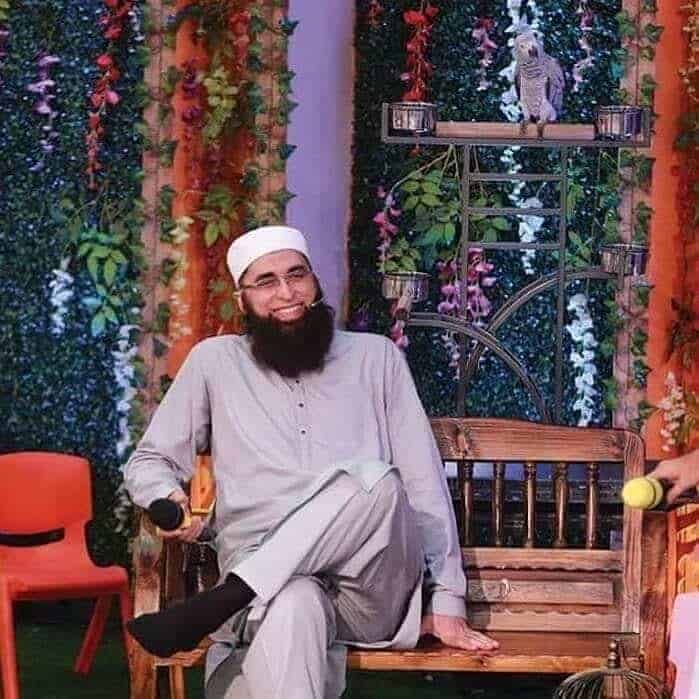
White is often synonymous with purity, which is why it’s commonly linked to sacred rituals and practices. The simplicity and elegance of a white turban make for a striking impression. One of the benefits of donning a white turban is that it remains cool on hot summer days, as white colors tend not to absorb heat like darker hues do. When you’re feeling particularly angelic, consider going all out with an all-white ensemble from head to toe.
↓ 10 – Dumalla
The term ‘Chand Tora Dumalla’ specifically refers to a distinctive turban worn by Nihang Khalsa Sikhs, which exudes a warrior-like aura. The ‘Chand Tora’ symbol itself is comprised of a crescent sword and double-edged sword, secured at the front of the turban. While it’s not typically worn as everyday attire due to its ornate nature, it remains an integral part of Sikh culture. On the other hand, turbans have gained popularity among women in recent times, transcending cultural barriers.
African women, for instance, incorporate turbans into their daily outfits, while cancer patients find them a convenient and stylish means of covering their heads. In addition, turbans are increasingly being incorporated into ladies’ fashion, often paired with dresses to create a harmonious ensemble. The beauty of wearing a turban lies in its ability to simplify hairstyles and eliminate the risk of bad hair days.
In the context of Sikh weddings, turbans serve as an integral component of the celebration, with ornate decorations and high-quality ornaments adding a touch of opulence to the occasion.
↓ 7 – Basic Colored Turbans
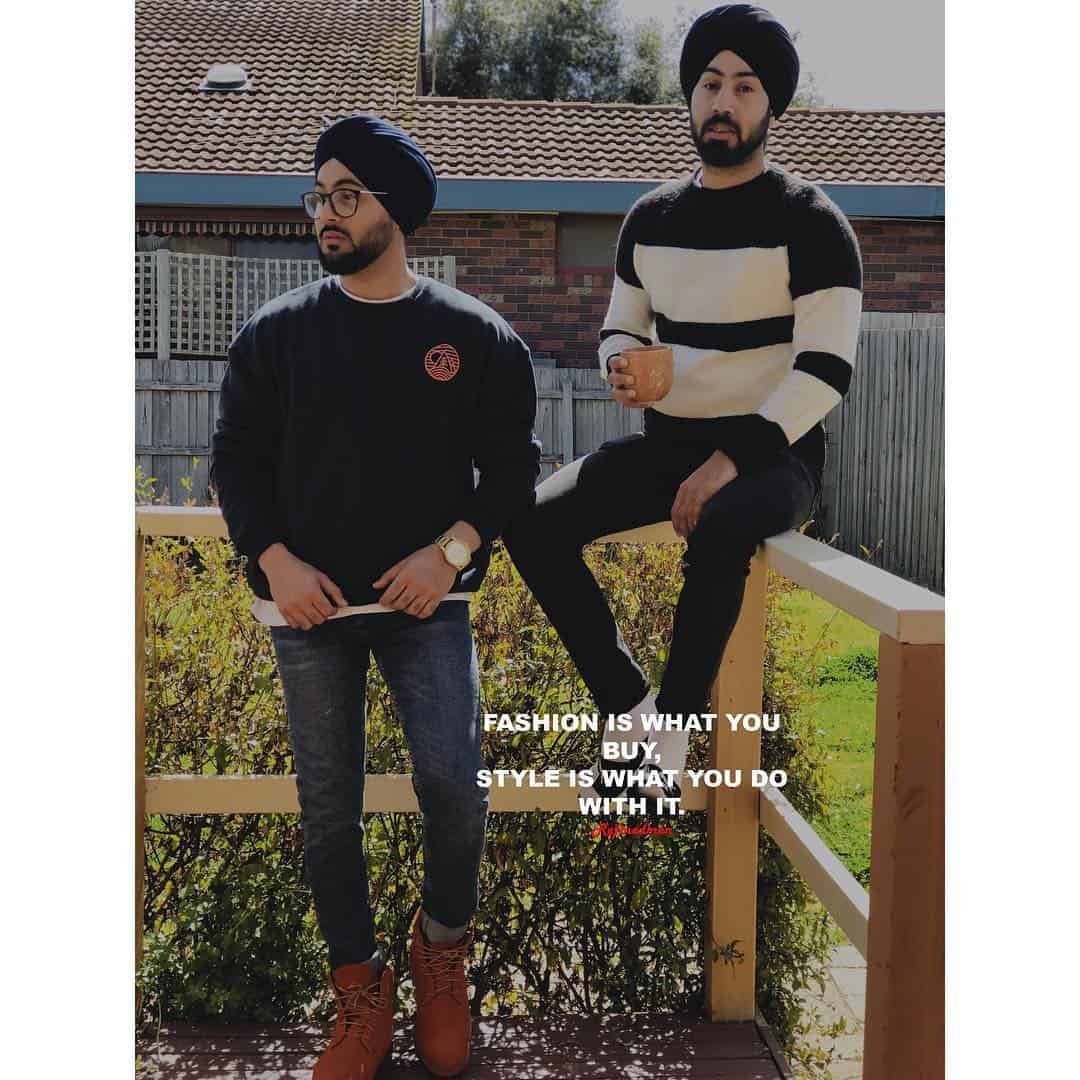
While vibrant colors and statement turbans are a staple in many outfits, there are days when a more subtle approach is needed. That’s where timeless black and white come in – versatile options that can be paired with any look. Black turbans, in particular, offer a chic and understated elegance that’s hard to beat. To add an extra layer of cohesion, consider matching your top or sweater to your turban for a polished finish.
And don’t forget to explore the world of facial hairstyles – check out our article on 20 Best Facial Hairstyles For Indian Men for some inspiration.
↓ 6 – Dastaar Bandi
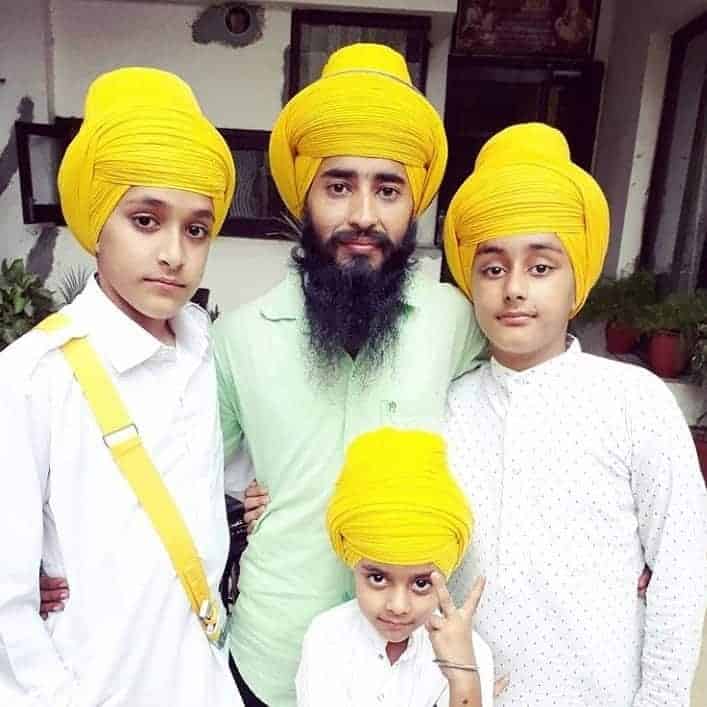
↓ 5 – Matching Turbans with your Spouse
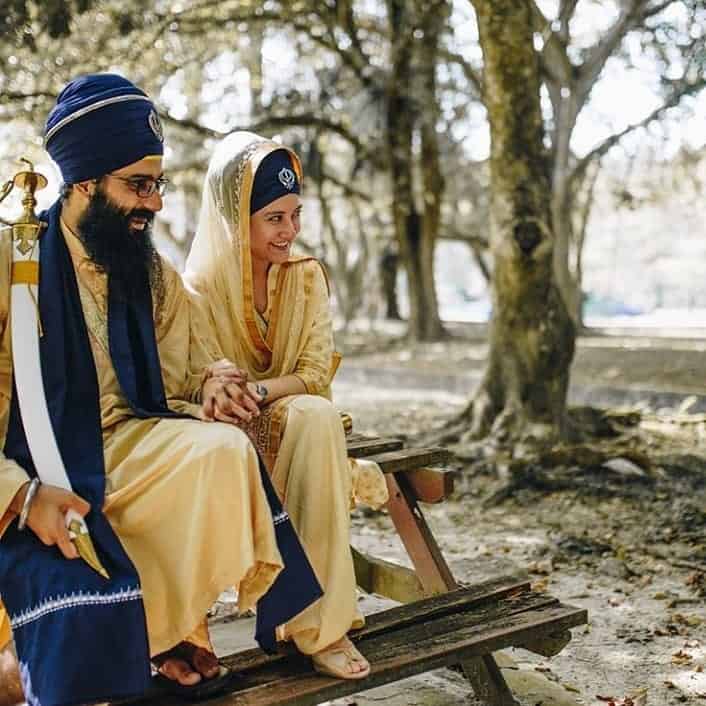
As cultural expression and self-identity continue to evolve, turbans have gained widespread appeal among Sikh women today. This trend not only allows for harmonious matching of outfits from head to toe with one’s life partner but also enables individuals to proudly showcase their cultural heritage and values in everyday life.
Whether walking hand-in-hand or simply going about daily routines, the sight of couples embracing their shared cultural identity can be a heartwarming and empowering experience, symbolizing unity and togetherness.
↓ 4 – Turbans in History
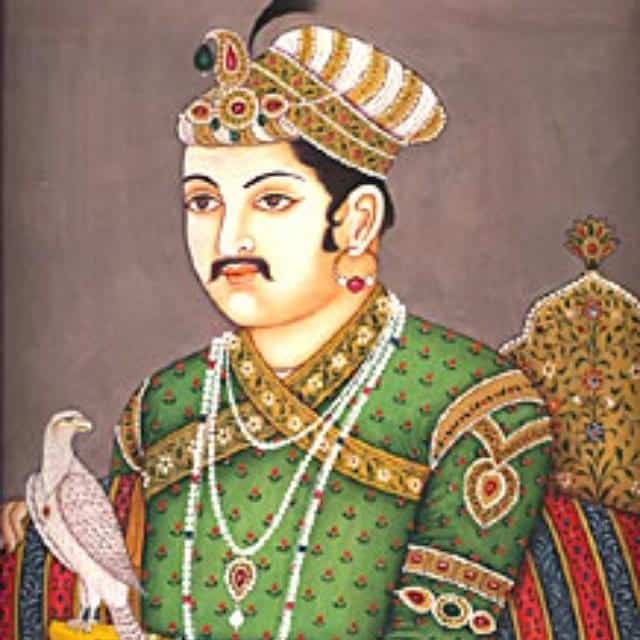
While the cultural significance of turbans remains unchanged over time, their styling and adornment have evolved significantly. In the past, nobles and Mughal emperors donned extravagant headpieces that were truly breathtaking. These massive turbans were often encrusted with pearls, gold thread, and other opulent ornaments. The addition of a feather or two was not uncommon, as it served to further embellish these already-grandiose creations.
In contrast, modern turbans have taken on a more understated approach, even in celebratory contexts like weddings. Today’s turbans are often much simpler and less extravagant than their historical counterparts, with a focus on functionality rather than showy grandeur.
↓ 3 – Turbans at a Funeral
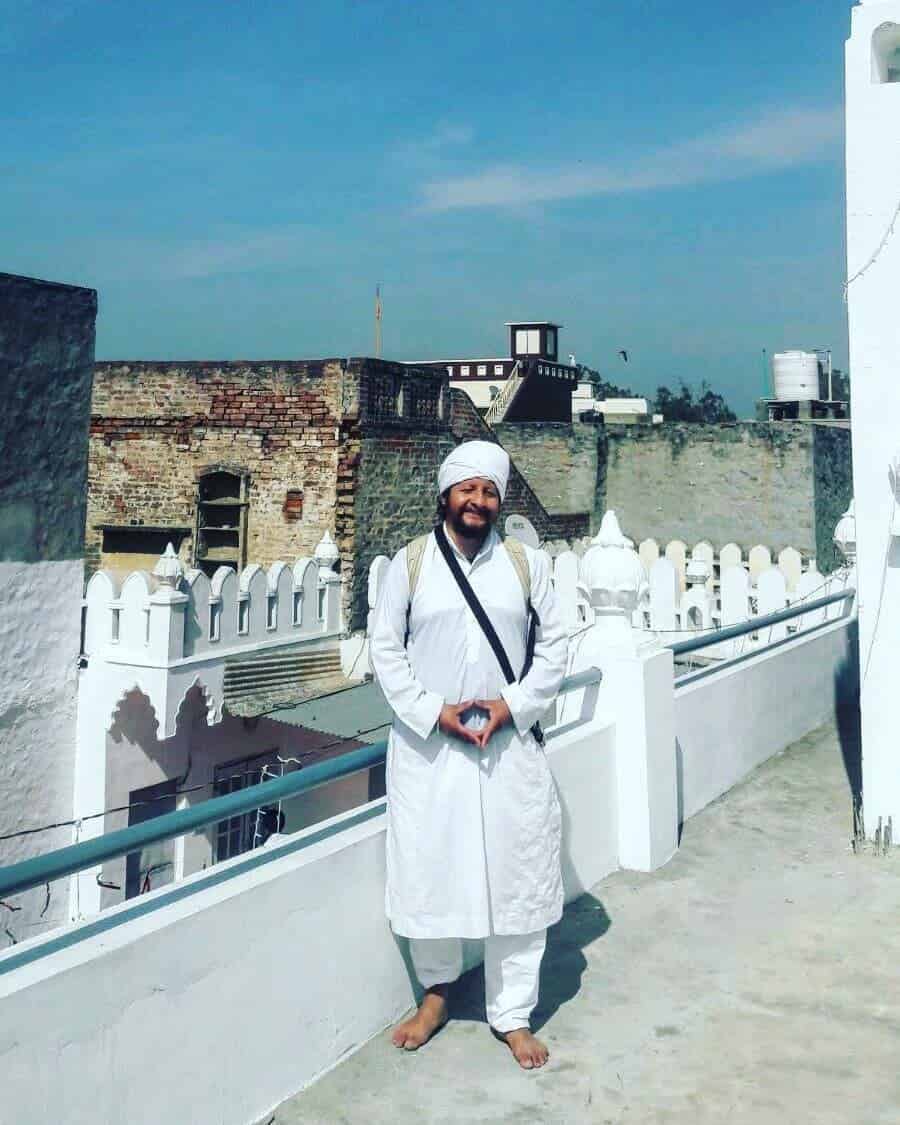
In the Sikh culture, the most fitting color for funerals is undoubtedly white. This hue holds significant importance as it symbolizes purity and serenity. As such, wearing vibrant colors or bold patterns would be perceived as insensitive. In fact, the entire funeral event should be kept subdued, with a focus on solemn attire. The norm is to don white clothing, accompanied by turbans, creating a somber yet dignified atmosphere.
Alternative options include off-white and cream-colored shades, which still exude a sense of reverence without being too ostentatious.
↓ 2 – Turbans for Formal Occasions
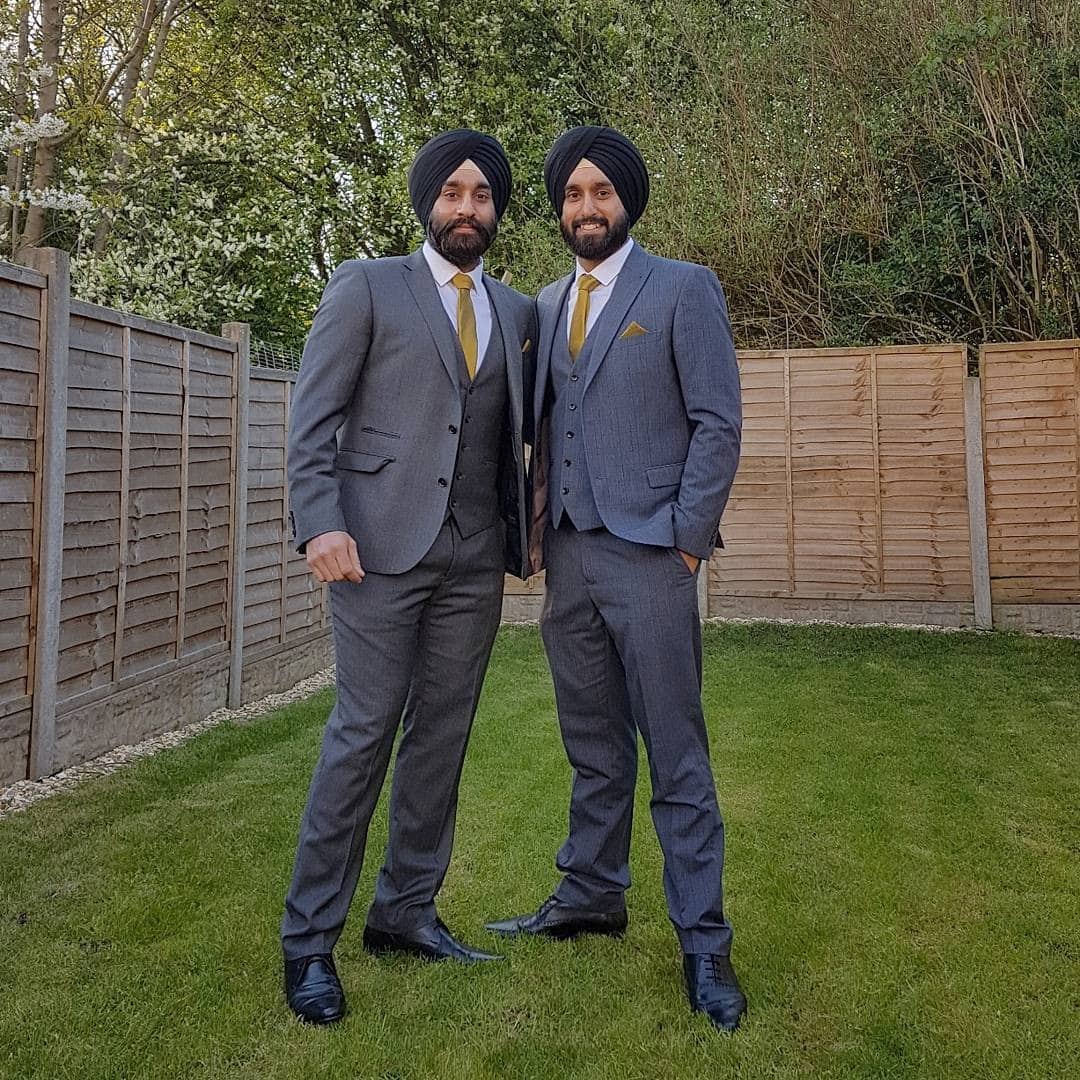
When it comes to dressing for formal events or professional settings, tone down the flashiness and opt for more subdued colors like blue or black. These neutral hues won’t draw attention away from your face and are suitable for most work environments. For less formal gatherings, such as a simple office meeting, stick to classic combinations like a single-breasted jacket in black, grey, charcoal, or blue, paired with well-pressed pants.
To avoid looking like a circus performer, coordinate your tie with the color of your turban so you blend together seamlessly.
↓ 1 – Turbans in the Western Fashion World
Western fashion designers have long been fascinated with incorporating elements from diverse cultures into their designs. One cultural phenomenon that has gained significant popularity is the turban. A classic example of this influence can be seen in Lana Turner’s iconic look in the 1949 film ‘The Post Man Always Rings Twice’, where she donned a simple yet elegant turban.
The British Queen Elizabeth II also got in on the act, swapping her crown for a turban during a tour of the Western Isles in 1996. As the years went by, the turban continued to evolve and gain traction. In the disco-infused era of 2006, Jennifer Lopez merged fashion with function by pairing a dazzling turban with a matching silver top. Similarly, Kate Moss brought back the trend in 2009 by donning a shiny chromatic turban at the Metropolitan Museum’s Costume Institute Gala.
These examples are just a few illustrations of how turbans have become an integral part of the fashion world.
